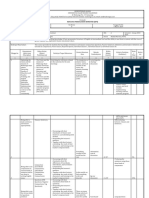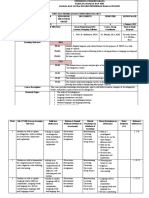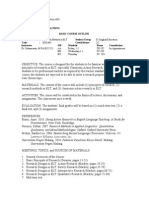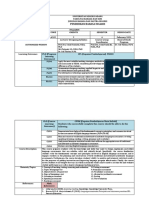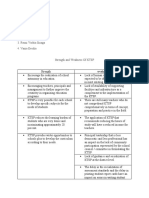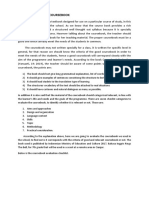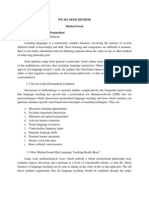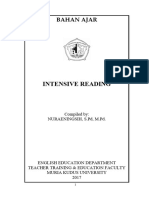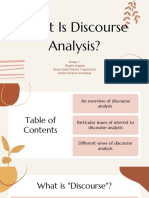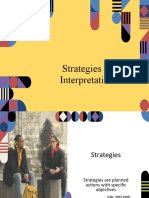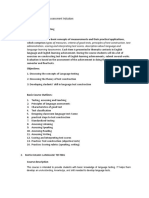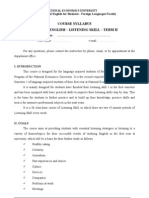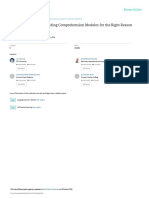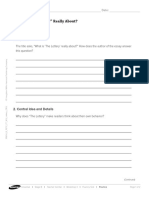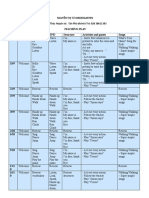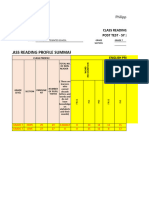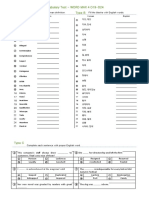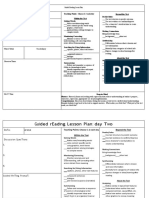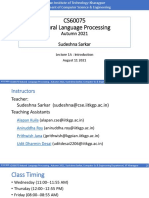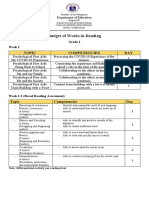0% found this document useful (0 votes)
93 views5 pagesRPS
The document is a syllabus for an Applied Linguistics course at Universitas Lancang Kuning's Faculty of Education and Teacher Training. The 3-credit course aims to promote an applied linguistics approach to language education and issues. Students will explore topics like intercultural communication, language pedagogy, and language policies through lectures, activities, and a project focusing on local and global cultural contexts. Assessment will include attendance, assignments, quizzes, a midterm, and final test. The course runs over 15 weeks addressing topics such as language attitudes, English varieties, and language teaching methods.
Uploaded by
Alma FirahCopyright
© © All Rights Reserved
We take content rights seriously. If you suspect this is your content, claim it here.
Available Formats
Download as PDF, TXT or read online on Scribd
0% found this document useful (0 votes)
93 views5 pagesRPS
The document is a syllabus for an Applied Linguistics course at Universitas Lancang Kuning's Faculty of Education and Teacher Training. The 3-credit course aims to promote an applied linguistics approach to language education and issues. Students will explore topics like intercultural communication, language pedagogy, and language policies through lectures, activities, and a project focusing on local and global cultural contexts. Assessment will include attendance, assignments, quizzes, a midterm, and final test. The course runs over 15 weeks addressing topics such as language attitudes, English varieties, and language teaching methods.
Uploaded by
Alma FirahCopyright
© © All Rights Reserved
We take content rights seriously. If you suspect this is your content, claim it here.
Available Formats
Download as PDF, TXT or read online on Scribd
/ 5




